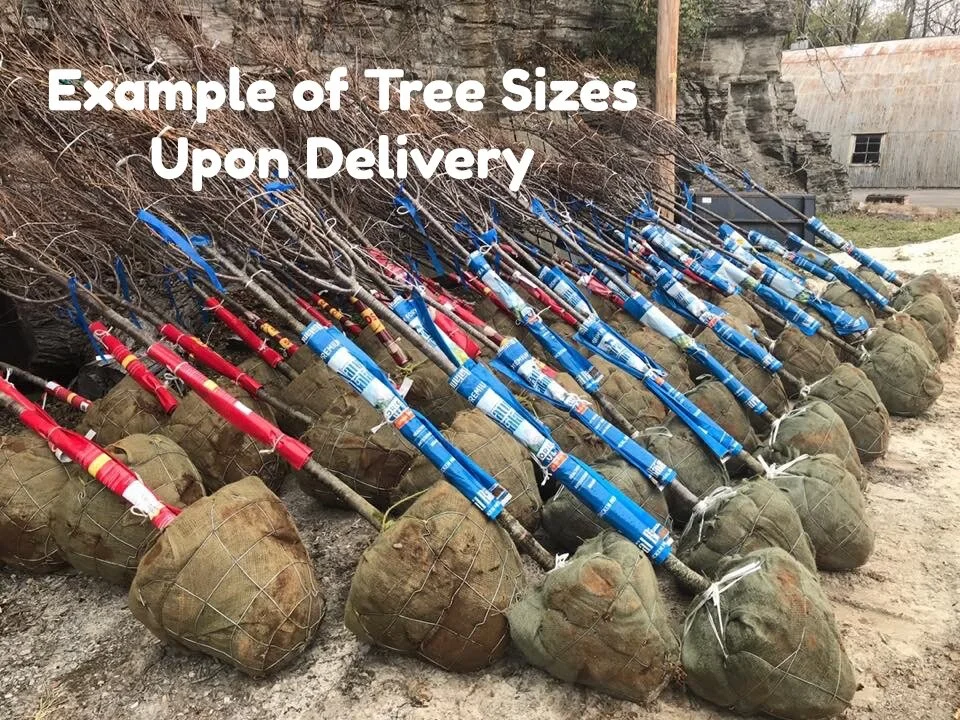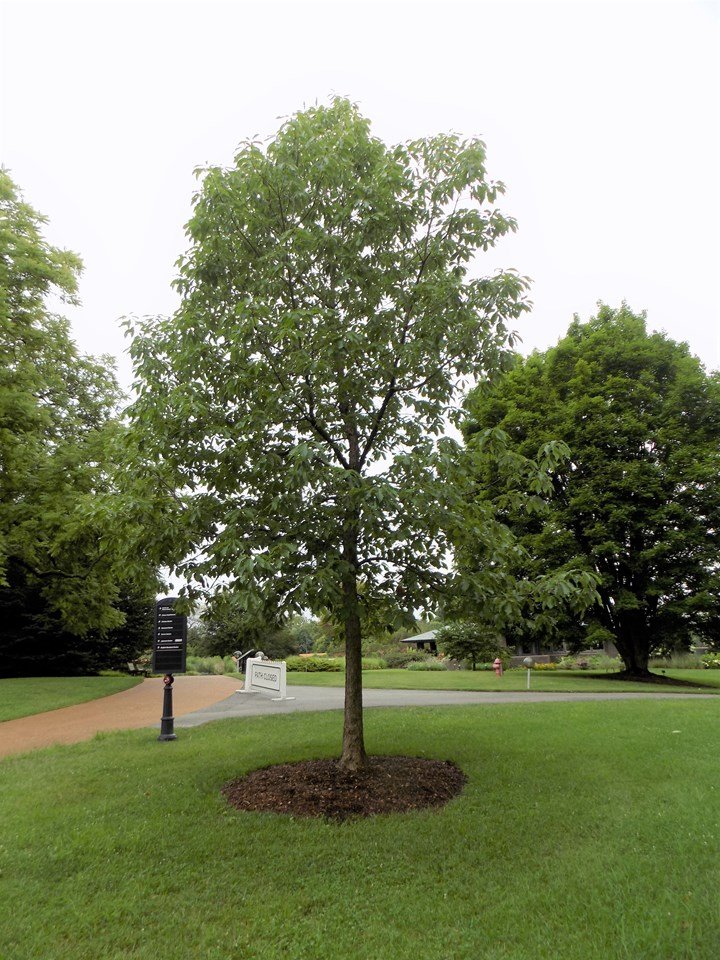Shumard Red Oak






Shumard Red Oak
LARGE CANOPY TREE; FAST GROWING OAK TREE; DROUGHT TOLERANT; GREAT FALL COLORS; TENDS TO GROW TALL AND STRAIGHT; OAK TREES ARE, IN GENERAL, VERY STRONG TREES.
IMPORTANT NOTE! All oaks will be planted after January 1 to ensure transplant success.
Species: Quercus shumardii
Plant Size, Type & Delivery Height: 1.5” diameter trunk; Greater than 6 Feet Tall: Balled & Burlap
Ball & Burlap or Potted: Ball & Burlap
Mature Height: 80 feet
Growth Rate: Medium; 12-24”/year
Sunlight: Full Sun
Drought & Heat Tolerant: Yes
Description: The Shumard oak is a red oak variety that calls the south its home This tree makes a wonderful stately tree for any home’s front yard or backyard. It usually grows in a round shape. Like all oak trees, it grows slowly and strongly. You or whoever lives in your house when this becomes a large tree, will not have to worry about regular windstorms knocking this tree down at night. It is also one of the more beautiful oak trees in the fall, as it usually has a deep red color to its leaves in the fall instead of just turning brown. The acorns of this particular variety are small.
Size Options: We offer size options from 1.5” caliper (diameter) to 3” caliper (diameter) trunk sizes. The 1.5” root ball is entirely feasible for the average healthy homeowner to manage with a 24” root ball at about 200 lbs. The 3” option, however, has a root ball that is 750+ pounds and so it will cost extra labor and equipment to move. We also include the cost of planting the 3” diameter trees we offer because we don’t want you to risk planting a 750 lbs root ball by yourself. So don’t be shocked by the price of the 3” option; it includes everything delivery & planting. If you are wanting to plant a 750lb root ball yourself, please contact us ahead of time, and we will discuss your plan and discount or refund the $200 tree planting service fee with the 3” option.
Growing Considerations: This tree can grow in almost any soil type, including compacted alkaline soil, which makes this tree an especially good choice for a newly built home that may have trucked in new soil or recently disturbed and compacted soil from construction equipment. It prefers moister soil, but can tolerate droughts as well.
Mono-Culture Risk: None; Not Frequently Planted
Invasive Risk: None










